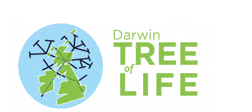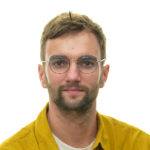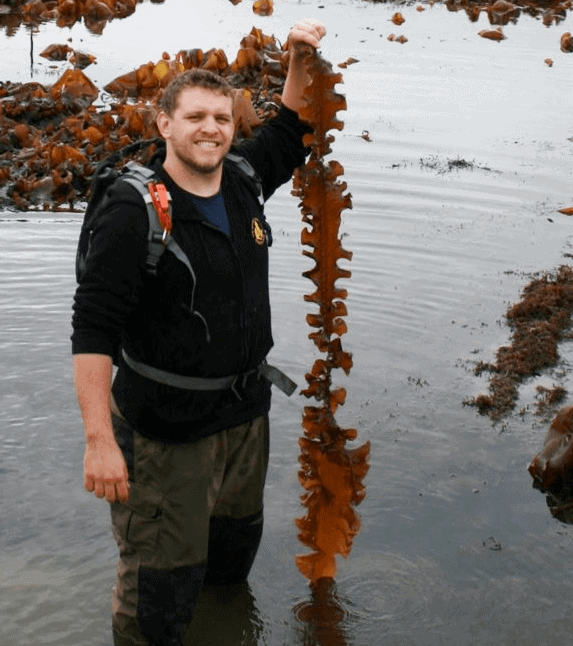Profile
Jamie McGowan
CV
-
About Me:
I am a bioinformatician at the Earlham Institute. I use a mix of biology and computer science skills to understand the genetics of microbes found in the environment.
-
Read more
I grew up in rural Ireland in a place called Donegal which is right beside the sea. I did a PhD in microbial genomics at Maynooth University in Ireland, where I carried out a mix of lab-based biology experiments and computational techniques to decode the genomes of a group of microbes called “Oomycetes” that cause disease in plants and animals. Now, I work at the Earlham Institute as part of the Darwin Tree of Life Project. I am interested in microbiology, genetics and computers. Outside of science, I like running, cooking and travelling. I have a dog called Ozzy.
-
Read more
I am a postdoctoral scientist at the Earlham Institute. I work in the are of “bioinformatics” – which is a mix of biology, computer science, maths and stats. I use bioinformatics to study the genomes (DNA) of tiny single-celled microbes called “protists”. We collect these microbes from the environment in places like ponds, rivers or soil. In the lab, we extract their DNA and sequence it using DNA sequencing machines which generates millions of DNA sequences. My job is to use bioinformatics to work out the order of the DNA sequences to construct their genomes – a bit like a massive jigsaw puzzle with millions of pieces. Once we have their genomes, we can work out which species are related to each other and try to identify genes that may have important functions. Because DNA sequencing generates so much data, we have to use supercomputers to analyse the data.
-
I'm currently solving this problem:
Trying to identify new microbes that have never been studied before and understand how they work and what they do in the environment by analysing their DNA sequences.
Bioinformatics involves lots of skills ranging from genetics to computer programming. There are always new methods and skills to learn because bioinformatics is such a new field of science.
-
I'm currently working on these species doing this:
I work on lots of different “protist” species – tiny microbes made of only a single cell! Protists are really diverse microorganisms that are found pretty much everywhere. They are different from animals, bacteria, fungi or plants. We have no idea how many different types of protists there are, there could be millions!
Some protists are bad (some can make people, animals or plants sick) but some protists are good (some make oxygen that we breathe and some can help plants grow). Many protists have never been studied or even identified before so we have no idea what they do in the environment! We are trying to work out who they are and what they do by sequencing their genomes.
-
My Interview
-
What did you want to be after you left school?
Primary school teacher
Were you ever in trouble at school?
Sometimes
What's your favourite food?
Lasagna
-





